By Jack
In March of last year I was treated to an extensive trip through several of the wine producing regions of Spain. Few things are as impactful when trying to communicate the character of a wine as a hands-on visit to the source, so it’s common for producers to sponsor travel to their vineyards for those of us who work in the industry.
The trip really opened my eyes to the diversity of Spain’s geography, and their wine culture. For nine days we travelled almost 3000 miles by bus and plane (mostly bus) from the arid southern Mediterranean coast of Jerez to the cool verdant hills of Galicia. I was struck by the variety and scale of the viticulture and the country, from the venerable traditionalists of Rioja and Jerez, to the innovators of Toro and Soria.
Jerez – Sleepy, sunny with a sense of coursing, sublimated passion. This is the region famous for the Spanish cultural icons Sherry and Flamenco. We grabbed a connecting flight a couple of hours after arriving in Madrid then set out on a tour of the Alvaro Domeq sherry house. Many think of sherry as the cloyingly sweet drink of generations gone by, but it is a wonderfully complex wine ranging from the bone dry finos to the dark intensity of the aged PXs. Mainly made from the Palomino varietal for dry and Pedro Ximenez grapes for the sweeter, the wines go through an intricate process of aging and blending known as a Solera. At their best they are among the world’s great wines.
Alavaro Domeq Romero is a retired bullfighter of no small renown. After tasting through his wines we were treated to a tour of his indoor practice ring and shown his stock of up and coming fighting bulls. It is strange to think there may be a battle-scarred veteran of many bullfights sitting in the stands now rooting for the Bull.
Jumilla – Unlikely to be on the itinerary for a Spanish wine country excursion, Jumilla nevertheless produces high quality wines at a very reasonable price. The focus is on the Monastrell grape which thrives in the hot dry conditions and is found throughout the Mediterranean region. The landscape of rugged hills surrounding orchards and vineyards is reminiscent of the American Southwest. If you are staying in Murcia or Jumilla a visit to Luzon winery is well worth an afternoon.
La Mancha – Long known as the high-volume grape growing region of Spain, akin to the Languedoc in France or Central Valley in California, this area south of Madrid is also famed for the windmills of Cervantes’ Don Quixote. A wealth of old-vine Cencibel, the local strain of Tempranillo, has drawn winemakers from Rioja and Ribera del Duero to the area. Using rigorous standards of quality control they are making wines of excellent quality at very affordable prices. Its proximity to Madrid makes it a viable day trip, but research your visit, as some wineries are not geared toward tourism.
Rueda – A fascinating area primarily dedicated to a single white varietal, Verdejo. Now the house white of most of Castilian Spain, demand for Verdejo is healthy and growing. Gently rolling hills and warm dry breezes combined with stony soils produce wines of profound freshness and depth.
There are welcoming little villages scattered among the seas of wine grapes. La Seca has a particularly pleasant cafe just at edge of their tiny village. Stay in Valladolid, a vibrant city that was the capitol of Spain before Madrid, it offers culture and history to rival Spain’s better known cities a short drive from Rueda’s many wineries. Make time to have dinner at LLanten, a charming restaurant about a 20 minute cab ride from Valladolid city center, you won’t regret it.
Rioja – The Grande Dame of Spain’s wine culture; venerable, elegant, refined. As Bordeaux is to France and Napa is to America so Rioja is to Spain. An ancient wine culture centered on the red varietal Tempranillo thrives here. This is where the French first looked to replace their beloved Clarets when phylloxera, a vine destroying aphid, ravaged Bordeaux in the mid 19th century. The wines are powerful, complex and age-worthy. They set the standard for Tempranillo worldwide. Logrono is the capital of the Rioja region and an excellent base for a visit. With a charming medieval city center that boasts a wealth of tapas bars and a state of the art wine museum, there is plenty to do after visiting some of the region’s many wineries.Those looking for a find off the beaten path should head to Laguardia in Rioja Alta, a charming old city perched on a high ridge overlooking the vineyards and wineries. They have preserved their ancient town center beautifully, it is tranquil and picturesque.
Soria – At the outer reaches of the Ribera de Duero is Soria. Rural and somewhat isolated, here you find the Atauta Valley where Dominio de Atauta combines rustic tradition with modern efficiency. The village is on a bluff overlooking the fields and vineyards which are communally worked, with each family owning a few rows of wine grapes which they vinify in shared bodegas and then store in their personal cellars built into the hillside. The isolation and sandy soils spared them from the phylloxera epidemic and allowed some of the vines to reach ages of over a hundred years.
Zamora – An expansive windswept region located on the ancient silver route that transversed Spain from north to south in Roman times, it is known for its natural beauty, locally sourced cuisine and great wines. Ancient Tempranillo vines over a century old produce lively, powerful reds with layer upon layer of spice and fruit. Home to three D.O.s, Toro, Arribes and Tierra del Vino de Zamora, it is fast gaining acceptance as one world’s great wine producing regions. The two largest cities are Toro and Zamora, both offer fine accommodations that can help arrange any excursions.
Galicia – Green Spain, our last stop, the bit of Spain north of Portugal which meets the Atlantic again. The mile after mile of dry dusty landscapes we passed through on the way reveal why this region is so (literally) exceptional to Spain. Vegetation abounds, reminiscent of the southern coastal US with grasses and vines and weeds thriving in the humid mists that linger till mid afternoon. Here, as in Rueda, the wine industry is built on a single white varietal: Albarino. Unlike Rueda there are no hot dry winds to protect against mold and rot in this humid environment, so an unusual trellising system of raising the grape vine well up from the ground is employed. The dearth of sunlight and relatively cooler climate produce a wine of bracing acidity that complements the seafood of region beautifully. Vigo, located directly on the coast, is Galicia’s largest city. Treat youself to a stay in the beachfront Pazo los Escudos Hotel on the outskirts of town. It boasts large well appointed rooms, beautiful sea views and an excellent restaurant.
There is nothing left but to catch a cheap flight back to Madrid for your 11:00 pm dinner reservation.
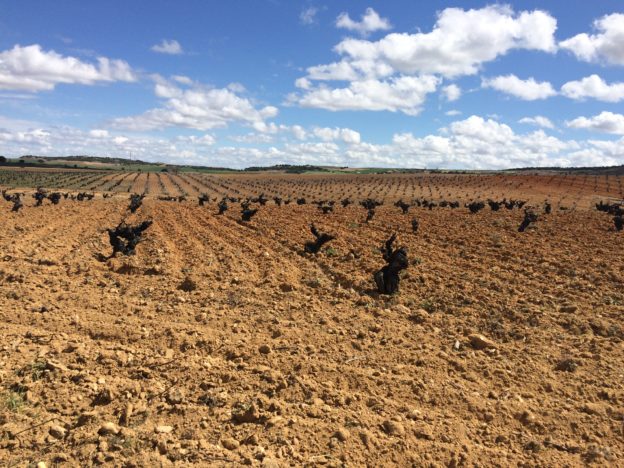
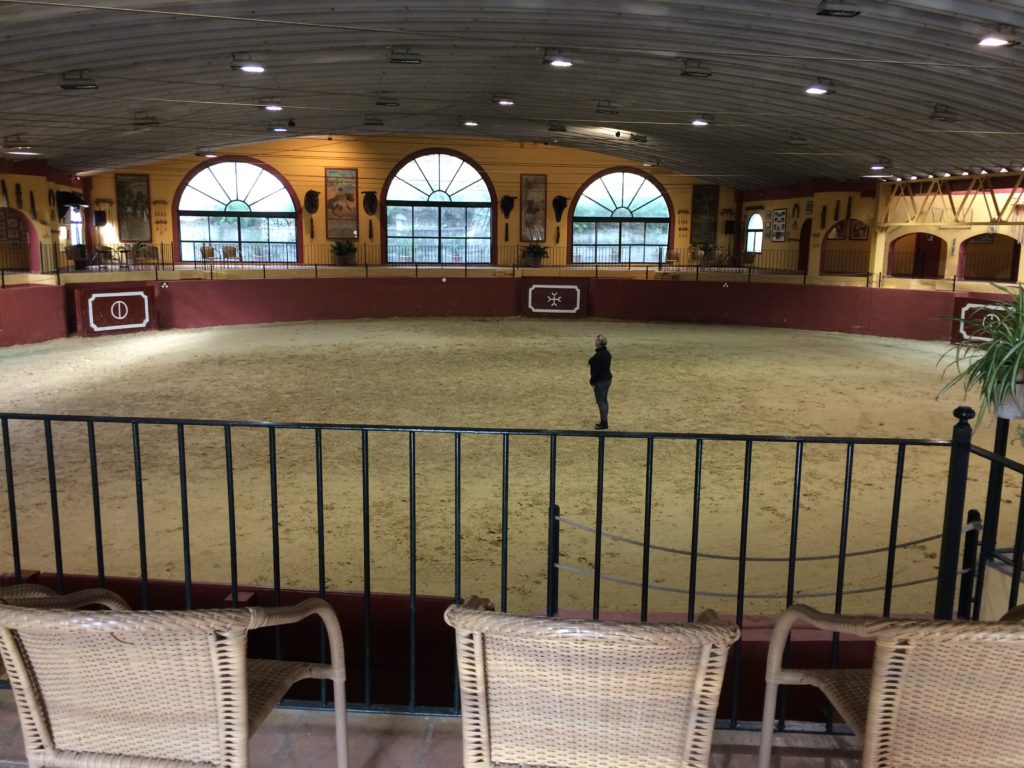
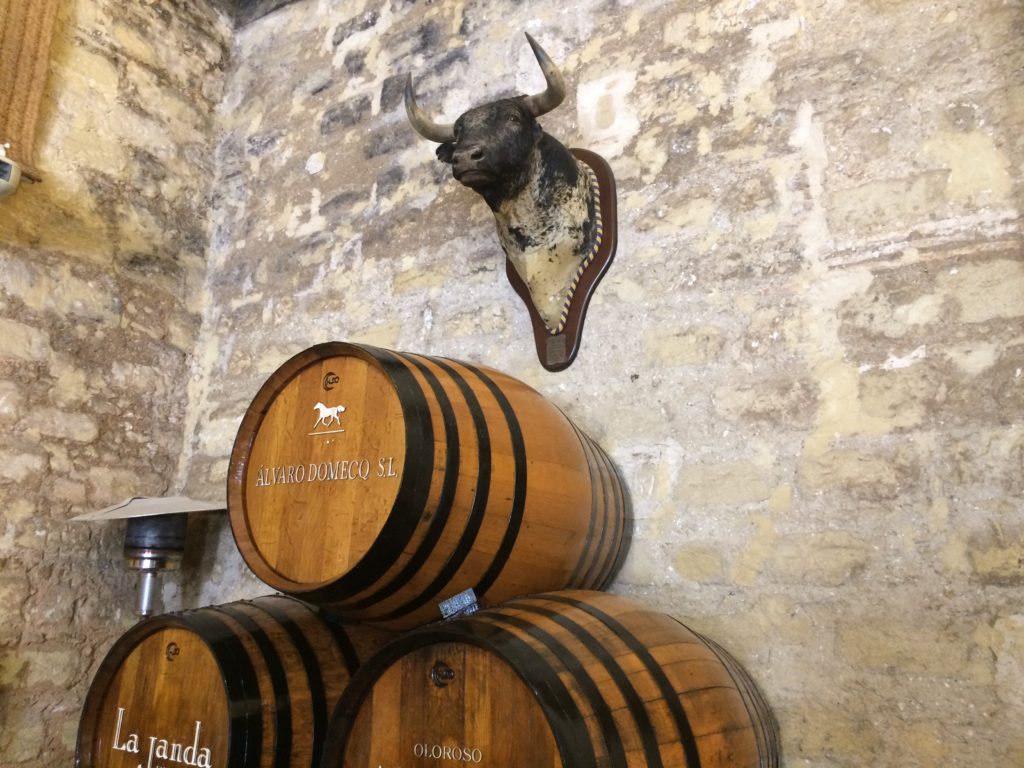
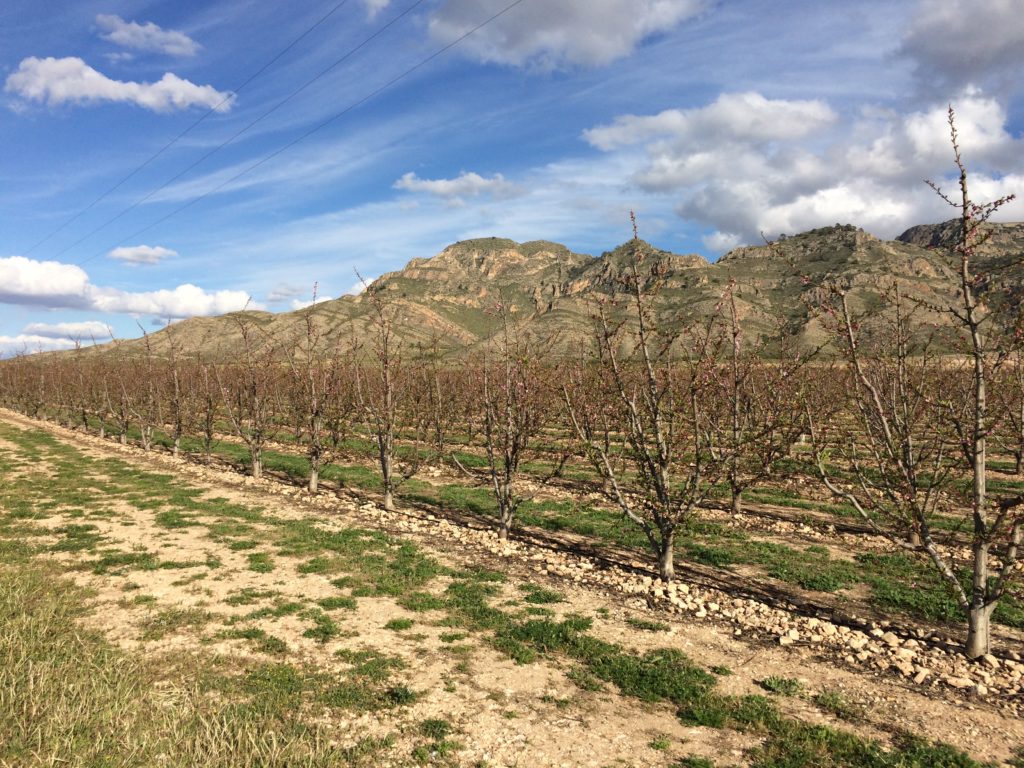
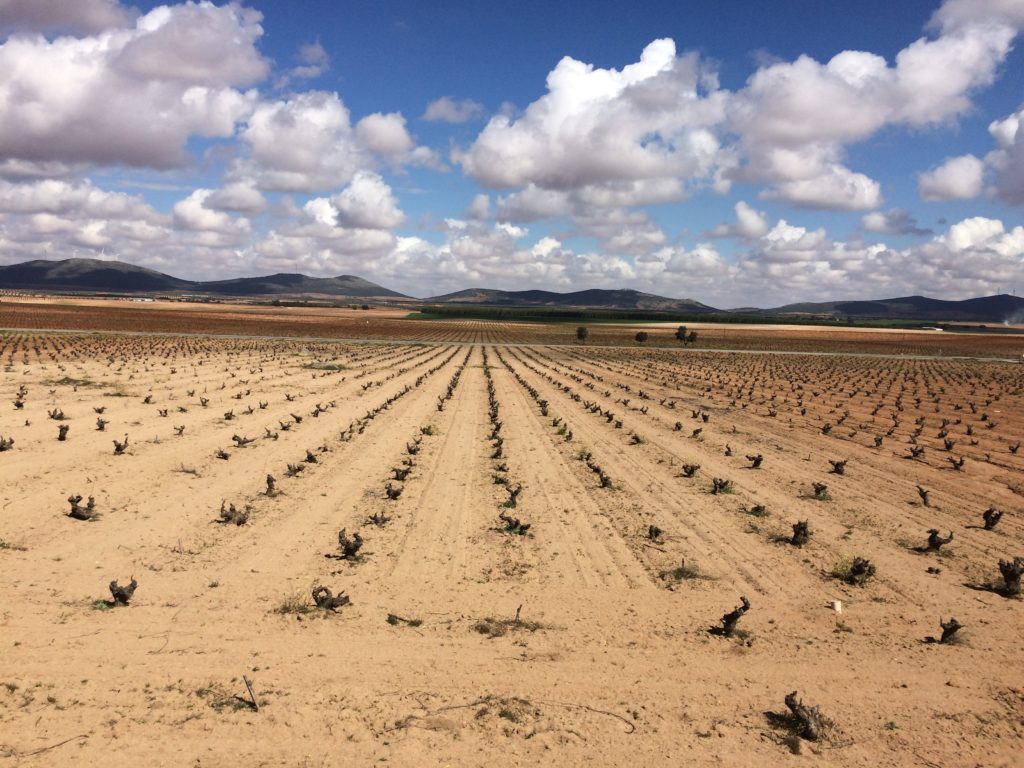
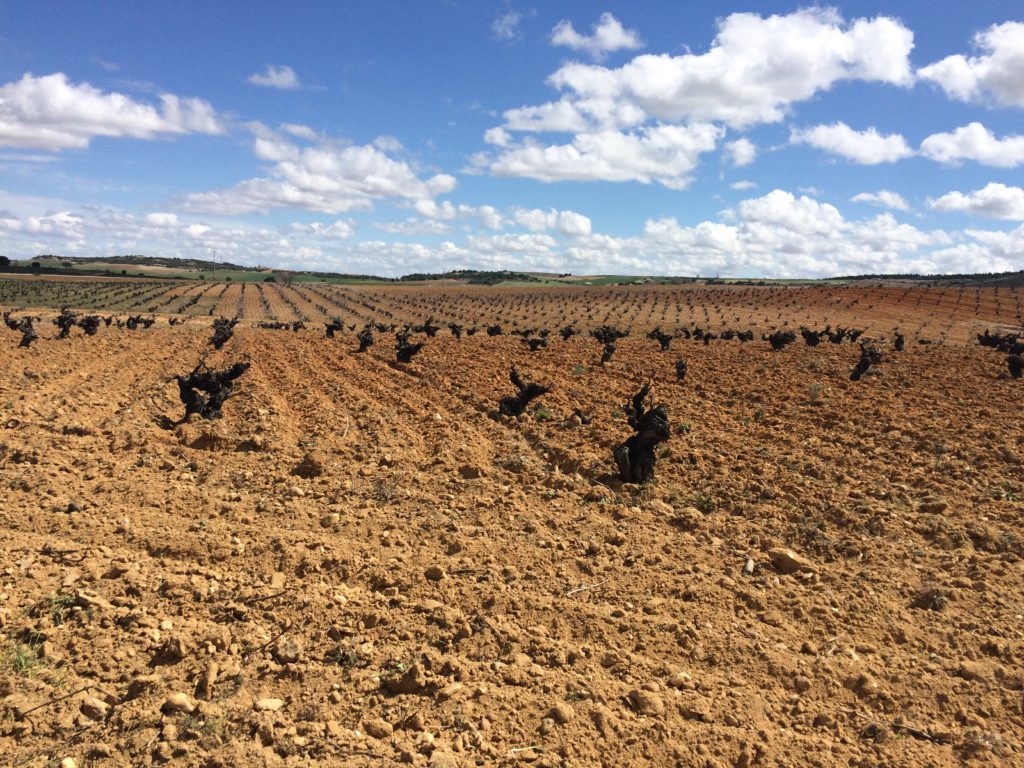
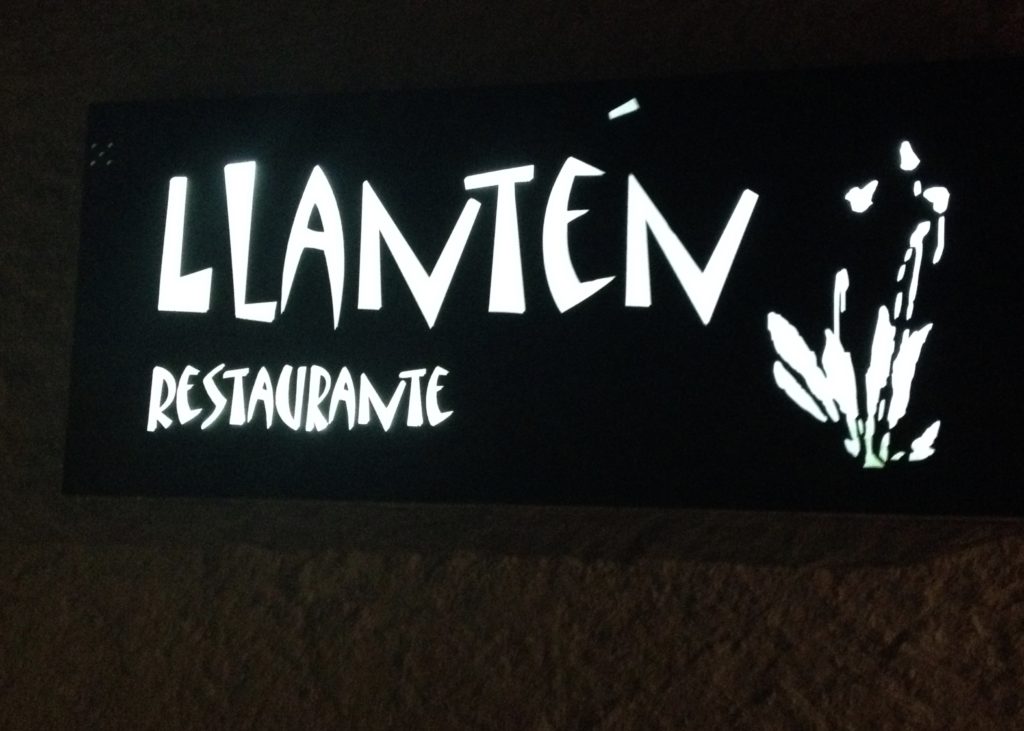

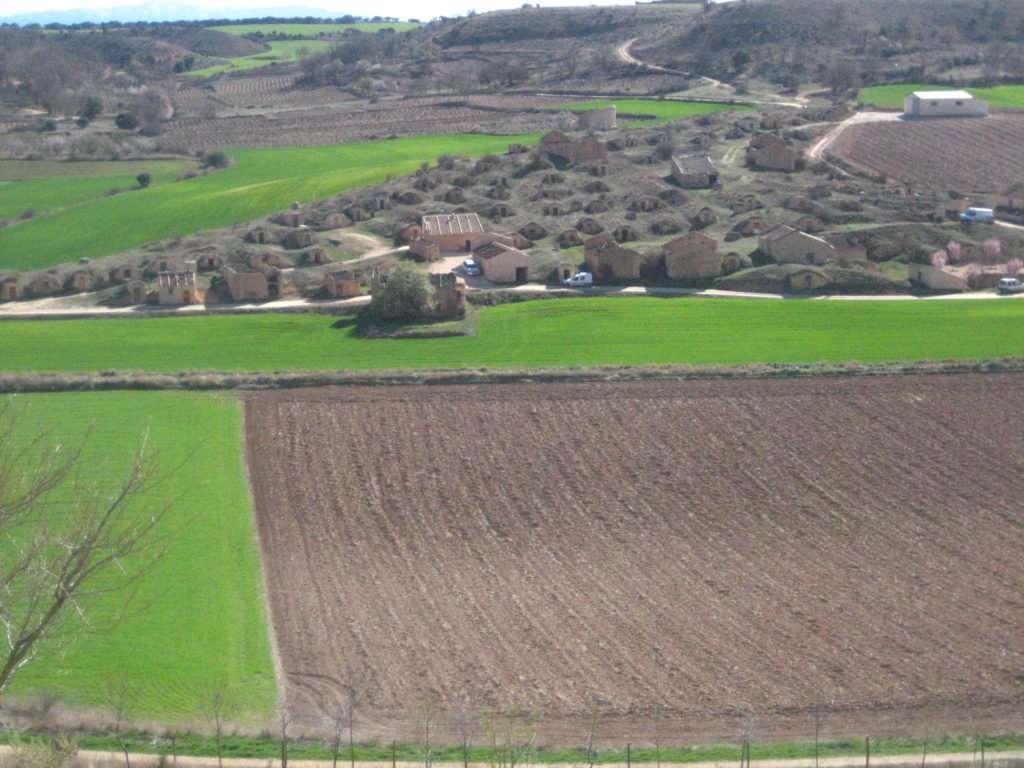
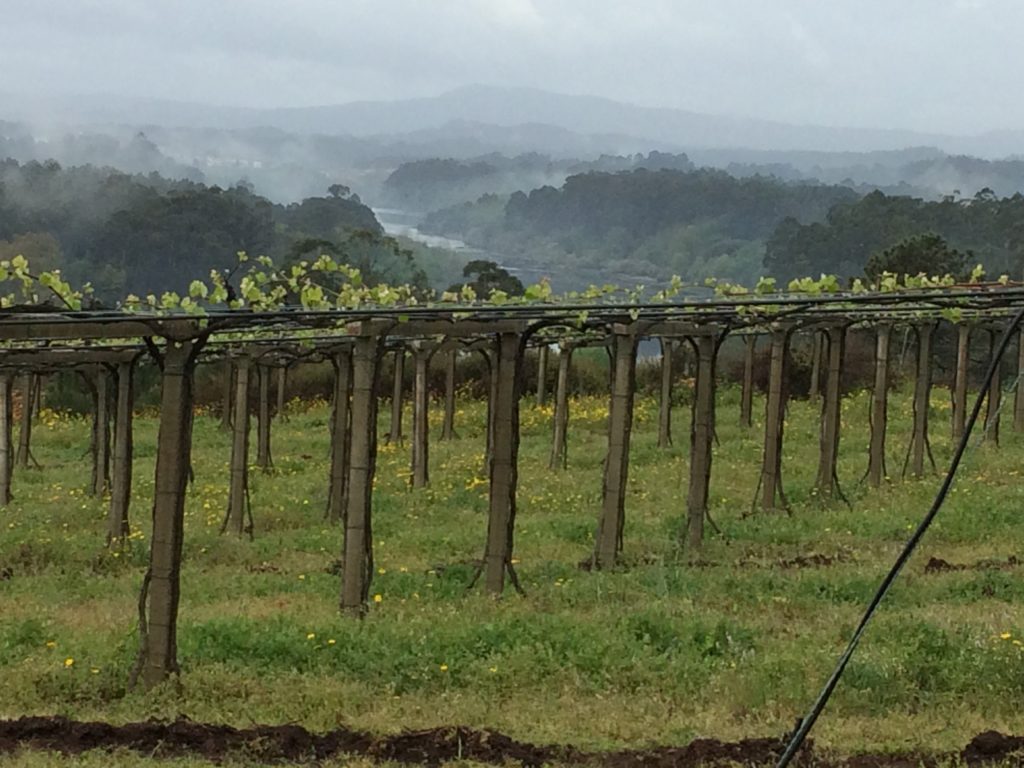
Jack, what a great trip. Awesome wine testimonial. I loved the pics with the vibrant blue sky and dusty fields. Spain is so cool!